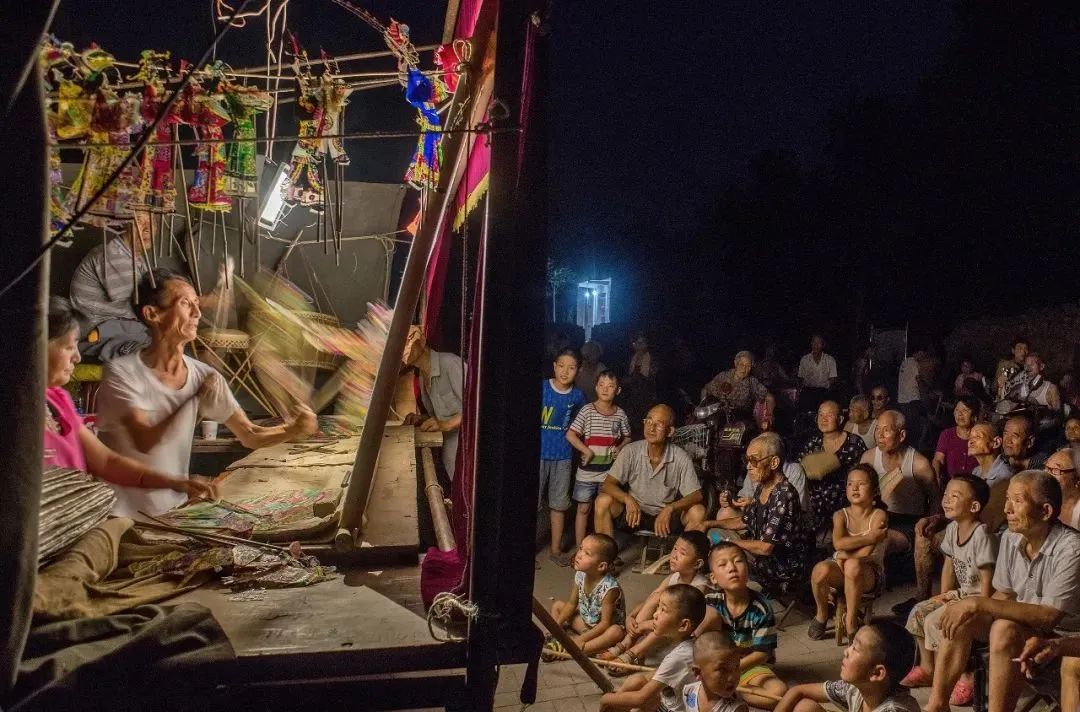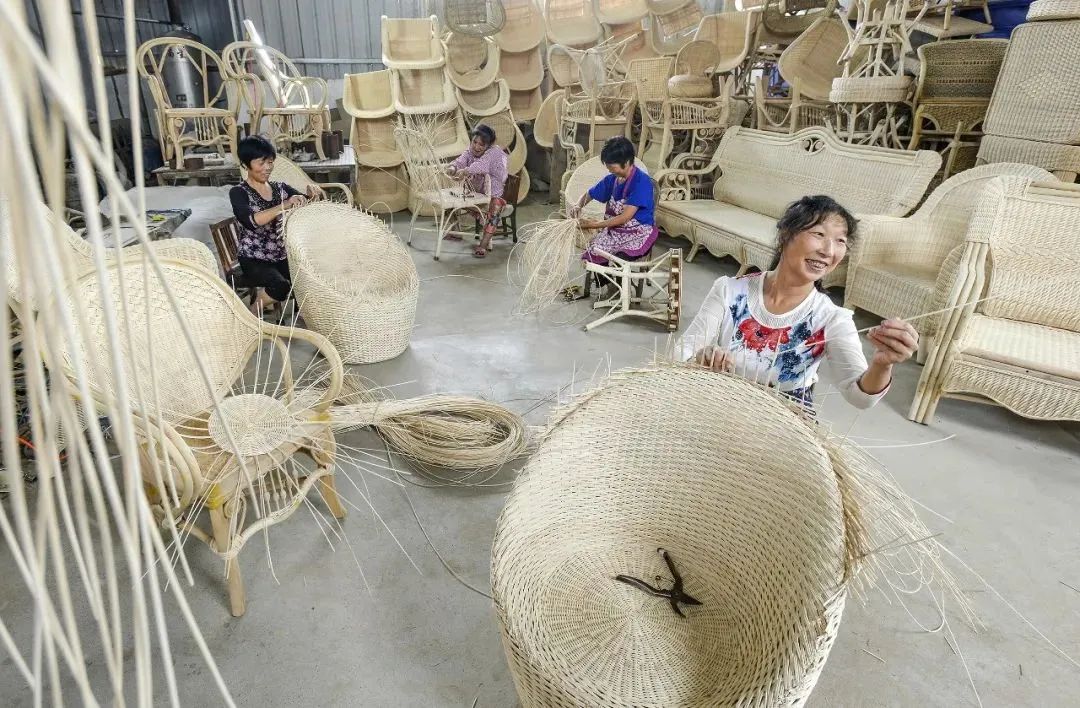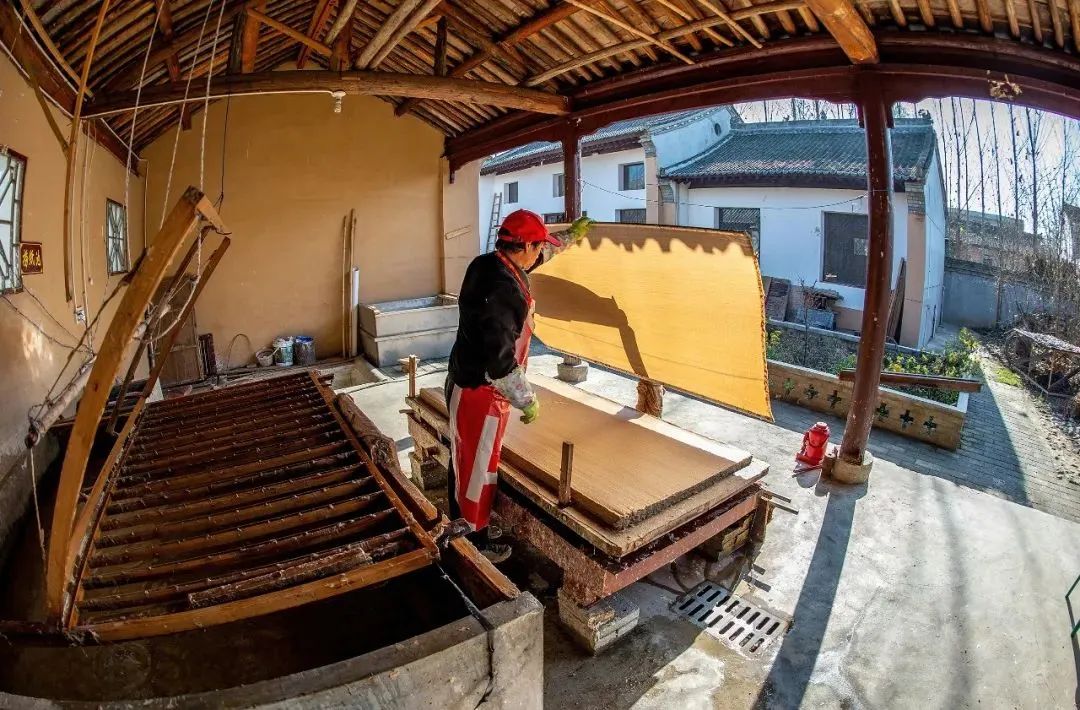The Beauty of Shaanxi Intangible Cultural Heritage photography exhibition launched online
Intangible cultural heritage is an important symbol of a country and nation's historical and cultural achievements, also the common cultural wealth of mankind. In Shaanxi Province, there are currently 3 projects within the Intangible Cultural Heritage of Humanity, 87 representative projects of National Intangible Cultural Heritage and 674 provincial-level projects. Shaanxi's intangible cultural heritage boasts great diversity: Shadow Play, Qin Opera, Waist Drums, Shehuo, and Dough Figurine. The inherent traditional spirit, wisdom and philosophy transcend time and regions, exerting far-reaching influence.
Recently, the photography exhibition on the theme of "The Beauty of Shaanxi's Intangible Cultural Heritage" was globally launched online, jointly sponsored by the Department of Culture and Tourism of Shaanxi Province and the China Cultural Center in Paris. It showcases the unique charm of Shaanxi's intangible cultural heritage to French netizens through overseas media platforms.
Shadow Play at the Underground Courtyard

The Underground Courtyard in northern China, also known as the Patio Courtyard, is a remnant of the ancient cave dwelling. It has a history of about 4,000 years.
Shadow Play

Shadow Play is a form of theater performance, in which the artist manipulates the shadow puppets with wooden poles behind the curtain. The play largely applies the light on a translucent curtain, performed with music and singing. The puppets are usually made of leather with diverse colors.
Hanzhong Rattan Weaving

Hanzhong is rich in rattan, which is a good natural weaving material. The rattan chairs, rattan boxes, daily utensils, and other handicrafts are exquisitely made by Hanzhong people, which is environmentally friendly.
Clay Figurine

The vicissitudes of life can be captured in various clay figurines. The Clay Figurine at Houguanzhai Village, Chang'an District of Xi'an City is a traditional folk art. It applies mud and clay as the primary material, mixed with different colors and shaped into figures with artists' bare hands and simple tools.
Papermaking Technique at Qiliang Village

The origin of paper making in Qiliang Village dates back to the end of the Eastern Han Dynasty. The village was then located at the Wuzha Palace in the royal garden, and was then the papermaking workshop of the royal family. For generations, the villagers have been making handmade "Hanma Paper", or "Caihou Paper", applying Cai Lun's papermaking techniques, which have been passed down to this day.
Yaozhou Kiln Porcelain Firing Technique

Yaozhou was a famous place for Chinese porcelain firing in the Tang Dynasty, and is now the administrative district of Tongchuan City in Shaanxi Province. Yaozhou kiln, one of the famous kilns in the Song Dynasty, is the largest of the "six major kiln genres" in China.
Guanzhong Traditional House-Building Techniques

Guanzhong area (central Shaanxi) is one of the earliest birthplaces of Chinese architecture. The traditional house-building techniques are among the ancient building techniques created by the people in the Guanzhong area during their production and living practices.


